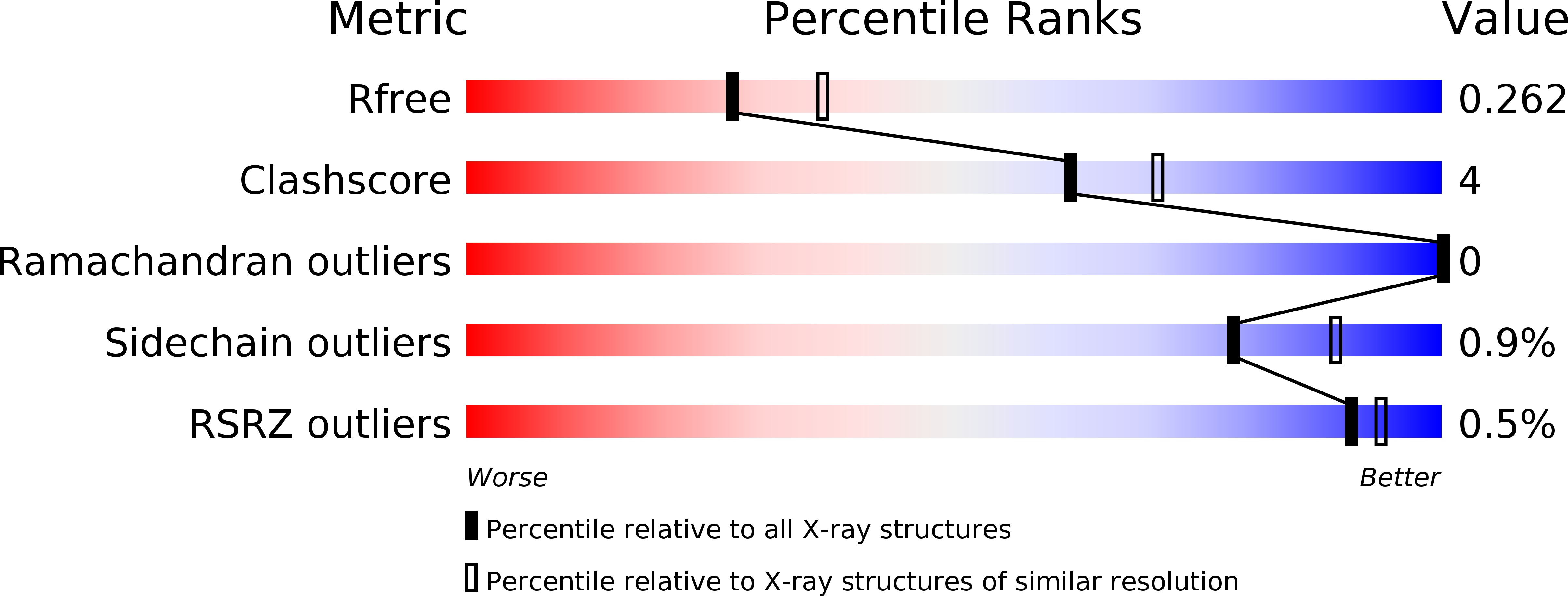
Deposition Date
2015-01-23
Release Date
2015-03-18
Last Version Date
2024-01-10
Entry Detail
PDB ID:
5AFP
Keywords:
Title:
Neuronal calcium sensor-1 (NCS-1)from Rattus norvegicus complex with rhodopsin kinase peptide from Homo sapiens
Biological Source:
Source Organism:
RATTUS NORVEGICUS (Taxon ID: 10116)
HOMO SAPIENS (Taxon ID: 9606)
HOMO SAPIENS (Taxon ID: 9606)
Host Organism:
Method Details:
Experimental Method:
Resolution:
2.30 Å
R-Value Free:
0.25
R-Value Work:
0.22
R-Value Observed:
0.22
Space Group:
P 1 21 1


